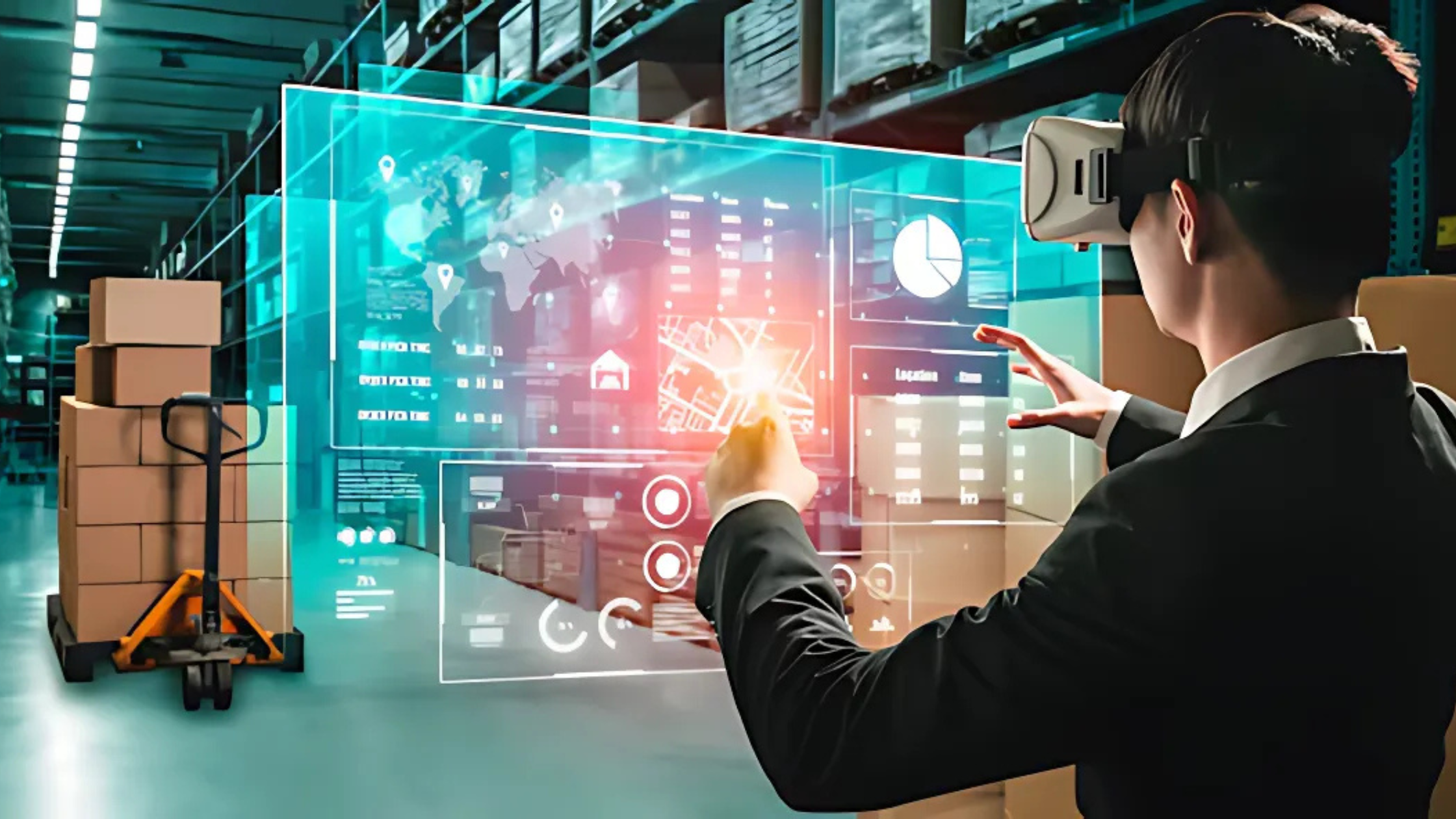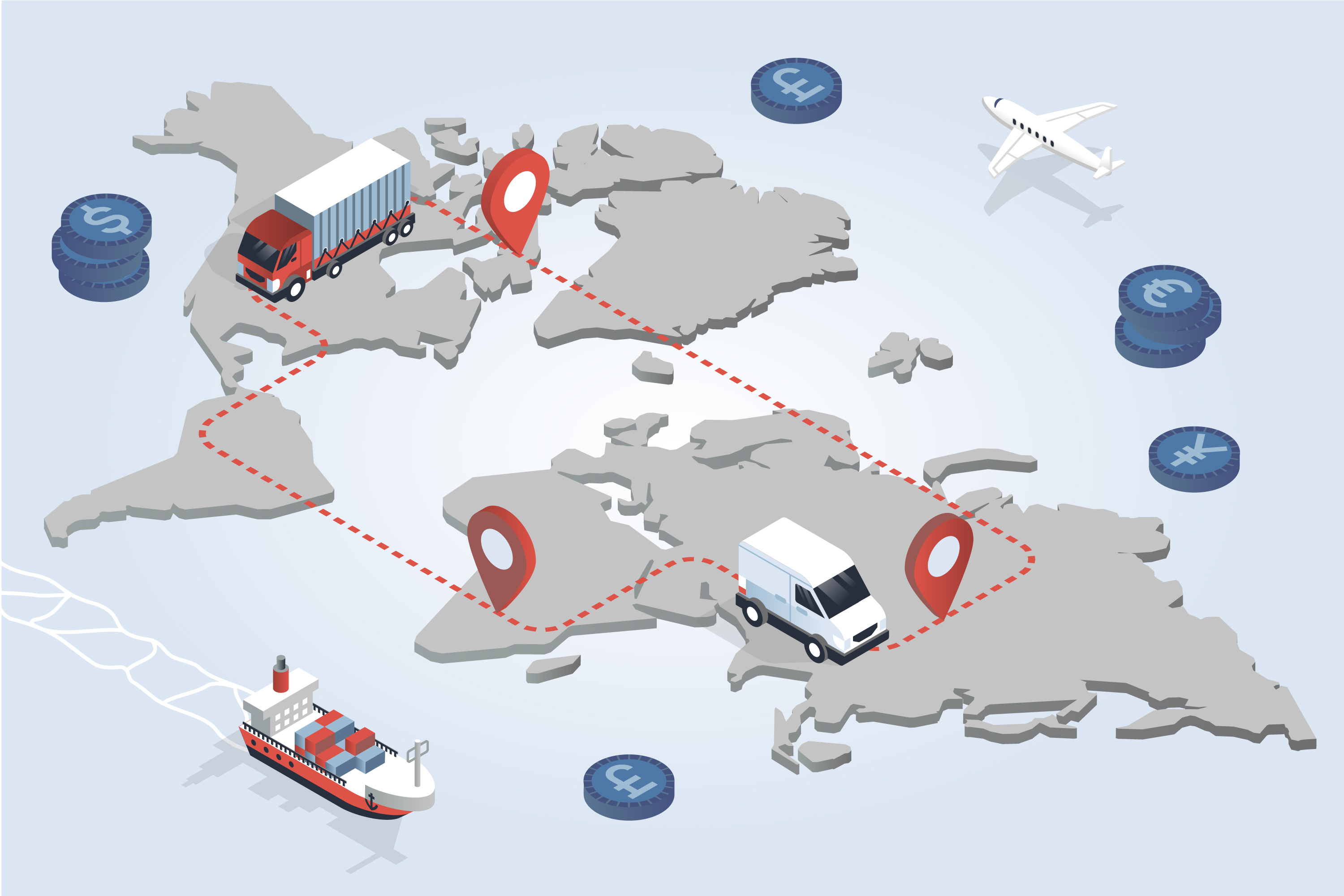The Evolution of Effective Customer Communication in Logistics

In the fast-paced world of logistics, where minutes can make the difference between satisfied and frustrated customers, communication has emerged as the defining factor separating industry leaders from the rest. The journey from basic telephone updates to sophisticated digital platforms has transformed not just how logistics providers interact with clients, but the very foundation of customer expectations in the industry.
From Paper Trails to Digital Highways
Twenty years ago, a logistics company in Patna would typically manage customer communication through a combination of telephone calls, paper documents, and perhaps the occasional fax machine. Customers would place orders by calling dispatch centers, receiving confirmation numbers scribbled on notepads. Updates were sparse – often limited to departure confirmations and delivery notifications, with little information provided during transit.
This communication vacuum created significant anxiety for customers awaiting critical shipments. Business owners would frequently call their logistics providers, sometimes multiple times daily, seeking reassurance that their goods were moving as planned. The relationship between provider and customer was built primarily on blind trust rather than transparent information.
"Where is my shipment?" became the most dreaded question for customer service representatives, who often lacked real-time information themselves. For logistics companies operating in regional hubs like Patna, maintaining accurate communication was especially challenging when shipments traveled beyond their immediate network.
Digital Transformation: The Communication Revolution
The early 2000s marked the beginning of a profound shift in logistics communication. Email became the preferred medium for sending shipping documents, allowing for faster exchange of information and creating digital paper trails that both parties could reference. However, the truly revolutionary changes came with the widespread adoption of web-based platforms and mobile technologies.
The Power of Real-Time Tracking
When real-time tracking systems first emerged, they fundamentally altered the customer experience. Suddenly, customers could log into web portals to view the precise location of their shipments, complete with estimated arrival times and status updates. This visibility transformed the relationship between logistics providers and their customers.
A medium-sized logistics company in Patna that invested in tracking technology could now compete with larger national players by offering the same transparency. Customers no longer needed to make anxious phone calls – they could simply log in and see exactly where their goods were. This self-service capability not only improved customer satisfaction but also reduced the operational burden on customer service teams.
Modern tracking systems have evolved to provide even greater detail. Today's platforms can show not just location but also environmental conditions such as temperature and humidity for sensitive shipments. They can detect potential delays based on traffic patterns or weather conditions and proactively alert customers before problems arise.
Multi-Channel Communication: Meeting Customers Where They Are
As digital communication channels proliferated, forward-thinking logistics companies recognized the need to engage with customers across multiple platforms. While older generations might prefer traditional phone calls or emails, younger procurement professionals expect information delivered through mobile apps, SMS notifications, and even social media platforms.
The best logistics company in Patna today isn't necessarily the one with the newest trucks or largest warehouse – it's often the one that has mastered the art of seamless communication across channels. Customers can track shipments on their smartphones, receive automated text updates about delivery windows, ask questions through web chat interfaces, and still pick up the phone for complex inquiries requiring human assistance.
This omnichannel approach ensures that crucial information reaches customers through their preferred channels, enhancing the overall experience. A shipping delay is much less frustrating when the customer receives a proactive text message explaining the situation and providing alternatives, rather than discovering the problem only when an expected delivery fails to arrive.
Personalization: The Third Wave of Communication Evolution
While adopting new technologies marked the second evolutionary phase of logistics communication, the third and perhaps most significant shift has been toward personalization. Modern logistics providers recognize that different customers have different communication needs and preferences.
Understanding Unique Customer Requirements
For a manufacturer requiring just-in-time deliveries to production lines, minute-by-minute tracking updates might be essential. For a retail chain receiving regular stock replenishments, daily summary reports might suffice. The best logistics companies now tailor their communication styles and frequencies to match each customer's operational requirements.
A logistics company in Patna serving diverse industries – from pharmaceutical distributors to textile manufacturers – must adapt its communication approach for each client. Pharmaceutical clients might require temperature verification reports with every delivery, while textile manufacturers might be more concerned with photos confirming packaging condition.
Data-Driven Insights Replace Basic Updates
Modern logistics communication has evolved beyond simple status updates to provide valuable business intelligence. Advanced providers now offer customers dashboards showing historical performance metrics, seasonal trends, and benchmarking data that compares their logistics performance against industry standards.
These insights help customers optimize their own operations and make more informed decisions. For example, a retailer might analyze delivery time patterns to adjust staffing at receiving docks, or a manufacturer might identify recurring bottlenecks in their supply chain based on aggregated shipping data.
Crisis Communication: The Ultimate Test
The COVID-19 pandemic presented unprecedented challenges for logistics providers worldwide, putting communication capabilities to the ultimate test. When global supply chains faced severe disruption, the companies that maintained customer loyalty were those that communicated transparently and proactively.
During the early months of the pandemic, even the best logistics company in Patna faced unavoidable delays and capacity constraints. Those that communicated clearly about these challenges – explaining the reasons for delays, providing realistic revised timelines, and offering alternatives where possible – preserved customer relationships despite service disruptions.
The pandemic permanently elevated the importance of effective crisis communication in logistics. Customers now expect their logistics partners to provide transparent updates during any disruption, whether caused by global events, weather emergencies, or local transportation issues.
Technology Driving the Next Communication Frontier
As we look toward the future, several emerging technologies are reshaping customer communication in logistics once again:
Artificial Intelligence: Beyond Automated Responses
AI-powered communication tools have evolved far beyond simple chatbots. Today's intelligent systems can analyze shipping patterns to identify potential issues before they occur, recommend optimal delivery windows based on historical data, and even adjust communication frequency based on each customer's engagement patterns.
For customers, these AI systems provide immediate answers to common questions at any hour, creating a seamless experience that doesn't depend on call center operating hours. For logistics providers, AI handles routine inquiries while allowing human representatives to focus on complex situations requiring empathy and creative problem-solving.
IoT Integration: Communication from the Shipment Itself
Internet of Things (IoT) technology has enabled a fundamental shift in logistics communication – now the shipment itself can "communicate" directly with customers. Smart sensors attached to containers or individual packages can transmit real-time data about location, condition, and handling.
This capability is especially valuable for sensitive shipments. A pharmaceutical distributor working with a logistics company in Patna can receive immediate alerts if temperature-controlled medications deviate from required conditions during transit. This real-time information allows for immediate intervention rather than discovering problems upon delivery.
Augmented Reality: Visualizing Logistics Operations
Though still emerging, augmented reality applications are beginning to enhance logistics communication by adding visual elements to the information exchange. Customers can use AR applications to visualize how their goods will be packed, loaded, and transported. During complex deliveries, AR can provide visual guidance to ensure proper handling and placement.
When damage occurs, AR enables virtual inspections where customers can see exactly what happened without being physically present. This visual communication adds a dimension that text updates and even photographs cannot provide.
Building a Culture of Communication Excellence
For logistics providers seeking to improve their customer communication, technology alone isn't enough. Creating truly effective communication requires organizational commitment and cultural change:
Strategic Communication Planning
Effective logistics communication begins with strategic planning that aligns with overall business objectives. This includes developing standard communication protocols for different scenarios, establishing clear escalation paths for exceptions, and creating templates that ensure consistency across channels.
The most successful companies develop communication maps that outline exactly when, how, and what information should be shared at each stage of the shipping process. These standardized approaches ensure that nothing falls through the cracks while still allowing for personalization.
Investment in Training and Development
Even the most sophisticated communication platforms are only as effective as the people operating them. Forward-thinking logistics companies invest heavily in training their teams – from drivers to customer service representatives – in both technical skills and communication etiquette.
Drivers for a best logistics company in Patna receive training not just in vehicle operation but also in customer interaction, understanding that they serve as the face of the company during deliveries. Customer service representatives learn how to communicate technical information clearly and how to de-escalate tense situations when problems arise.
Continuous Improvement Through Feedback
The most effective communication strategies evolve based on customer feedback. Progressive logistics companies regularly solicit input through formal surveys, informal conversations, and analysis of communication patterns. This feedback loop allows them to continuously refine their approach.
Some companies have established customer advisory boards that meet quarterly to discuss communication preferences and pain points. Others implement A/B testing of different communication styles to determine which approaches resonate most effectively with different customer segments.
Conclusion: Communication as Competitive Advantage
The evolution of customer communication in logistics reflects a fundamental shift in how the industry views its relationship with clients. What was once considered a simple transactional exchange has transformed into a complex, ongoing dialogue that builds loyalty and differentiates service providers.
For any logistics company in Patna or elsewhere, excellence in communication has become as important as operational efficiency. In an industry where service offerings can appear similar, how a company communicates – the clarity, frequency, and relevance of its interactions – often determines which providers earn long-term customer loyalty.
As technology continues to advance, we can expect even more sophisticated communication tools to emerge. However, the fundamental principles will remain consistent: transparency, proactivity, personalization, and accessibility. By embracing these principles while adopting new technologies, logistics companies can ensure their communication practices continue to evolve in ways that truly serve their customers' changing needs.
In this industry where success is measured in minutes and meters, effective communication might be the most valuable distance a company can travel to reach customer satisfaction and loyalty.
Note: IndiBlogHub features both user-submitted and editorial content. We do not verify third-party contributions. Read our Disclaimer and Privacy Policyfor details.






